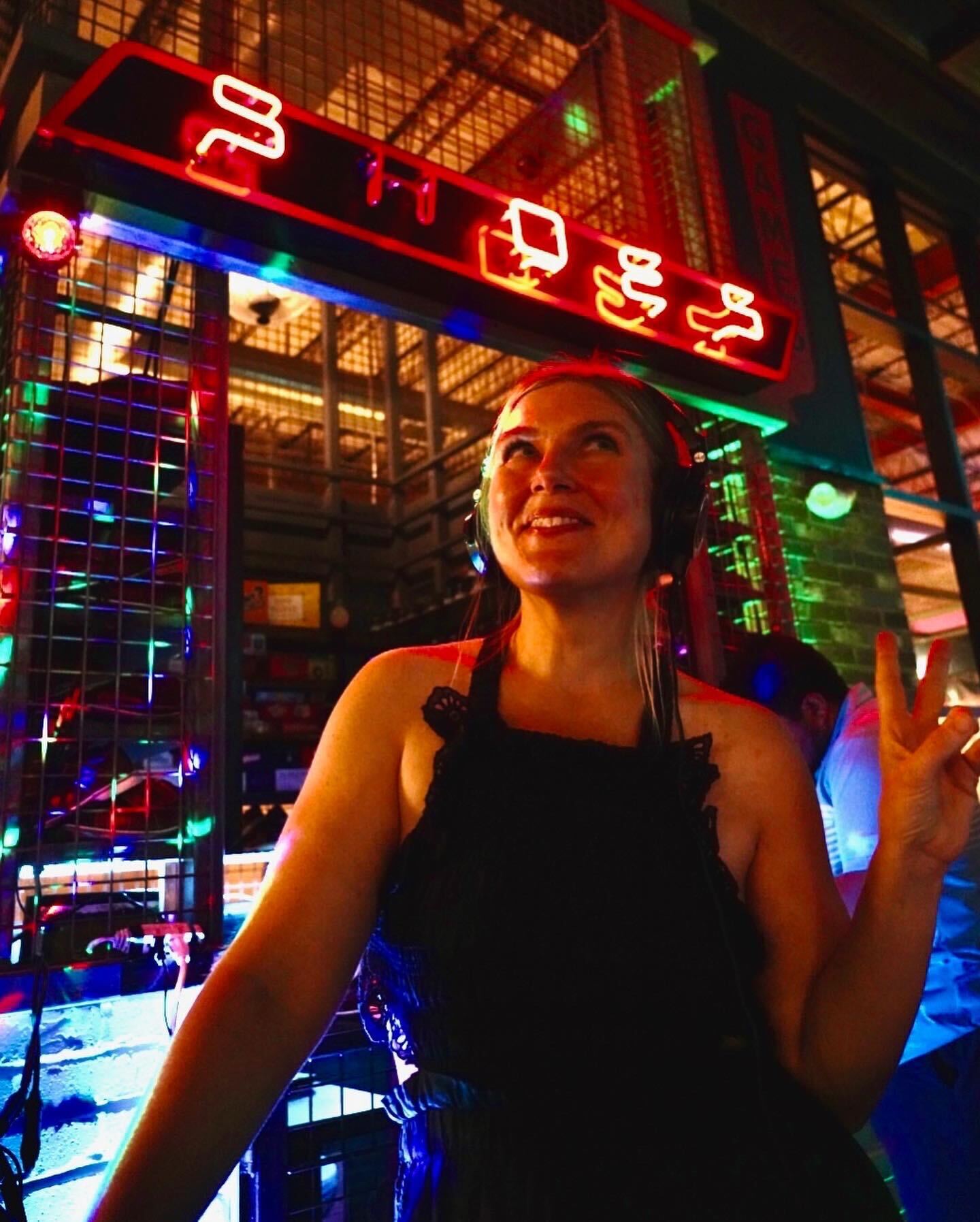
The plan was to fly, but at the last minute I decided to drive instead. I’d set aside a month to visit my mother on the Texas Gulf coast over Christmas and into the new year, and I reasoned it would be good to have my car for the month in Galveston, if the mechanic deemed it roadworthy for the 2,500-mile round trip.
It’s the closest we humans come to migrating, setting our sights on warmer climes in the dead of winter. And while it’s quick and convenient to hop a plane and be there in a few hours, flying in an airplane ignores geography, the gradual change of landscape and climate that a long car trip allows, reminding us where we reside on the planet and what lies in proximity.
So on December 22, I headed south down I-25 from Colorado Springs into the mystic — through hundreds of miles of snow-covered plains and foothills toward Socorro, New Mexico where I would sleep before visiting the migrating birds at the Bosque del Apache National Wildlife Refuge at sunrise the next morning. From there, a sharp turn east would head me toward family and our traditional gathering place.

The radio virtually dripped with Christmas cheer, the same old songs repackaged for every musical category from country to Christian to classical. How fortunate for writers of nostalgic holiday tunes that near rhymes with here and also with tear. Forget about fear.
Across Raton Pass, a huge yellow sign welcomed the red Subaru and me to The Land of Enchantment. If not for the sign, would we know we’d left Colorado and entered New Mexico?
Eventually, yes. When the roadside vegetation switches to scrubby juniper, pinon and mesquite. When distant landmarks begin to look more lunar than earthly. When more radio stations bounce with lively Mexican tunes. When weathered adobe farmhouses appear like lumps of clay that seem to have emerged from the earth.
I know that I am in New Mexico when I look to the south and can’t tell where land ends and sky begins, whether that dark shadow is a distant mountain range or merely a trick of light. I know I’m in New Mexico when the clouds begin shifting shapes overhead, when a big cumulus Volkswagen turns into a whale.
Just past Pecos and almost to Santa Fe, it’s time to get off the stupefying interstate highway and bypass rush hour in Albuquerque with a detour along state highways and county roads. Within a half hour of turning south on highway 41, I enter a small town that belongs in another century, a compound of low brown adobe houses settled beneath towering cottonwoods. A sharp turn in dappled shade on the two-lane road and I brake for a young girl crossing the road on horseback. A hawk twirls and dives in the field just beyond her shining black head.
Another hour on this road and I am winding through Indian country, a town whose bank marquee exults: Way to go, Bears! A U-Haul store with a façade in the shape of the Alamo, painted blue. In the middle of nowhere, no house or town in sight, a single tall juniper alongside the road is covered in swags of silver tinsel.
The sun creeps lower and lower to the west and I am driving directly into its last killer rays, when I reach a low bridge over the meandering Rio Grande. Above the river, great ribbons of geese clutter the sky at eventide, white against purple against orange.
I sleep in a crappy motel room with a belching heater and get up the next morning in frigid darkness. It’s a short drive to San Antonio — a settlement with one blinking yellow light — and beyond that, the bird refuge.
The morning is black in this unlighted place. I pull over when I see a row of cars parked in front of what appears to be a frozen marsh. Outside, silence encapsulates the morning until the sun splits open the eastern sky and a thousand birds begin to squawk all at once. They are huge, huddled together in a solid mass — round bodies, small heads, long legs lifting and falling in the frozen muck. The sandhill cranes shake off sleep and prepare to take off for a day of foraging in the surrounding fields. They dance like they are stepping on hot coals, then raise their huge wings and take off low and slow, like airplanes. I take off with them, heading toward Roswell and the rising sun, continuing the eastward migration toward home.
Kathryn Eastburn is the author of A Sacred Feast: Reflections of Sacred Harp Singing and Dinner on the Ground, and Simon Says: A True Story of Boys, Guns and Murder in the Rocky Mountain West. You can comment and read or listen to this column again at The Big Something at KRCC.org. “The Middle Distance” is published every Friday on The Big Something and airs each Saturday at 1 p.m. right after This American Life.








